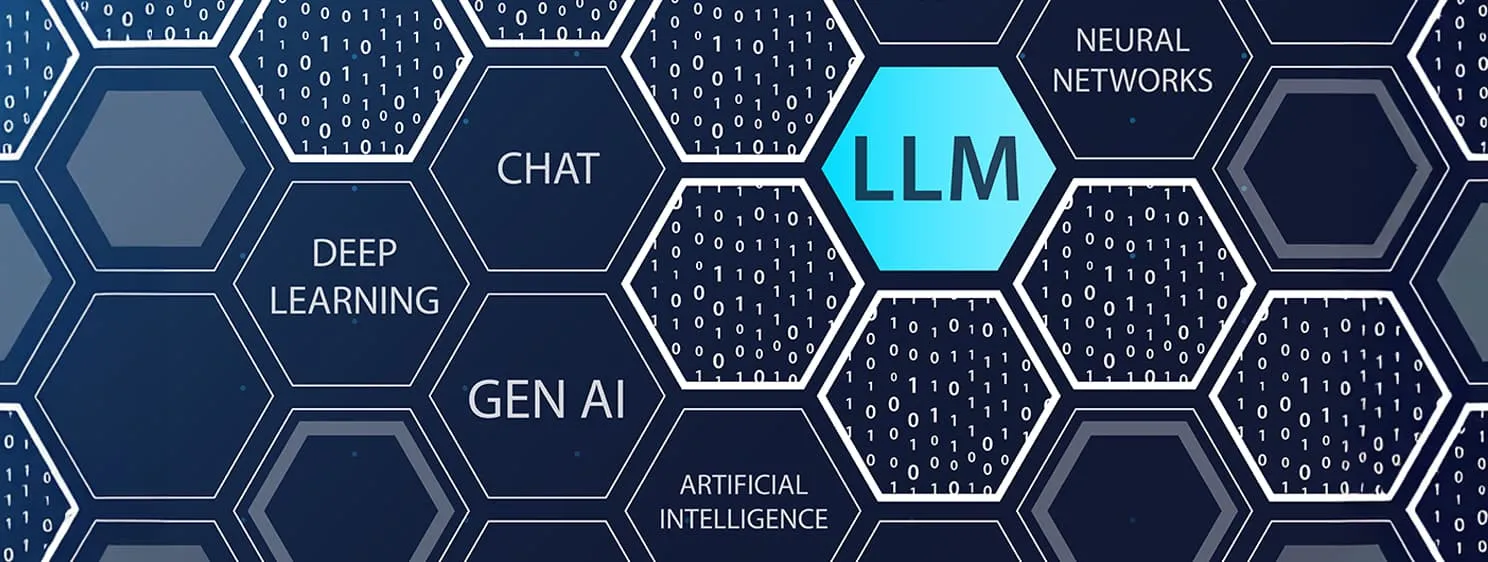|
Getting your Trinity Audio player ready...
|
A group of researchers from the Johns Hopkins Applied Physics Laboratory (APL) and the National Oceanic and Atmospheric Administration (NOAA) are looking into artificial intelligence (AI) models for intelligent weather forecasting in an impressive use case.
In a Phys.org post, the AI-based weather prediction model relies on the concept of ensemble modeling, combining multiple models to make accurate forecasts. The system, dubbed APL’s Deep-Learning Network, has shown proficiency in running hundreds of models to cater to a wide range of changes in atmospheric conditions.
Running models for weather forecasts requires copious amounts of data and complex mathematical calculations to arrive at predictions. To make weather predictions for the future, a great deal of computational power is necessary to analyze variables and make simulations.
APL’s AI prediction system can simulate multiple ensembles in shorter time frames, saving time and cost. Upon close observation, the model predicted a 10-day forecast with only 21 hours of input data, in contrast to the traditional model requiring data spanning for months.
“The amount of computation we could save with our networks is tremendous,” said Jennifer Sleeman, senior AI researcher at APL. “We’re speeding things up because we’re asking the models to compute shorter timesteps, which is easier and faster to do, and we’re using the deep-learning emulator to simulate those ensembles and account for variations in weather data.”
Aware of the system’s potential, NASA has waded into the studies in an attempt to increase the resolution of outcomes for enterprise use cases. Using NASA’s GEOS Composition Forecasting (GEOS-CF) system, researchers upped the system’s capability by increasing the accuracy levels of forecasts.
AI-backed climate research is few and far between, but recent studies involving emerging technologies have laid the foundation of APL’s machine learning model.
“If we tried the same thing five years ago, it might not have been as successful as it is today, because we’re building on the momentum of this accelerating research,” said Marisa Hughes, climate intelligence lead at APL. “We’re sharing our results and starting to see what methods and architectures are effective when you apply them to different problems around the world.”
Increasing use cases for AI
Since 2023, research into AI use cases has ballooned, with researchers exploring several utilities for the technology. In 2023, a group of researchers for ETH Zurich tinkered with an AI model to synthesize new drugs while a recent MIT study probed use cases for computer vision AI in workplaces.
Despite the increasing use cases, AI firms have come under fire for failing to adhere to copyright and privacy regulations. Several leading AI developers, including OpenAI, are grappling with legal cases from aggrieved creators amid greater scrutiny from global privacy watchdogs.
In order for artificial intelligence (AI) to work right within the law and thrive in the face of growing challenges, it needs to integrate an enterprise blockchain system that ensures data input quality and ownership—allowing it to keep data safe while also guaranteeing the immutability of data. Check out CoinGeek’s coverage on this emerging tech to learn more why Enterprise blockchain will be the backbone of AI.
Watch: AI truly is not generative, it’s synthetic

 06-22-2025
06-22-2025 





